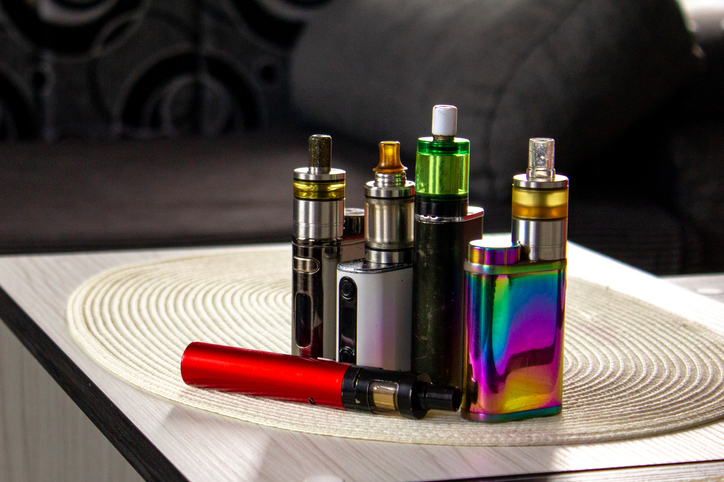E-liquids show lower risk than conventional cigarettes in recent research
April 26, 2022

A recent study by Coehar revealed that 80 per cent of e-cigarette flavoured liquid samples showed low risk on health compared to conventional cigarettes.
By testing some liquids sold in Italy and present also in foreign markets, Coehar researchers analysed four different e-liquids (flavored with different varieties of tobacco) by Dreamods.
“The e-liquid consist largely of propylene glycol and vegetable glycerin, and a smaller part of food chemical flavorings and nicotine (which may also be absent). Substances mixed according to the quality of the liquid or the specific marketing of the product,” explained Coehar.
“The potential risk of e-liquids is connected to the presence or absence of heavy metal residues or nanoplastics and microplastics in the liquids themselves.”
The researchers of the study believe that the best way to protect the health of vapers is to prefer high-quality products.
During the study conducted in Coeharlabs in Catania, thanks to the collaboration of the spin off ECLAT and the use of the most innovative evaluation systems in the world, the researchers, in addition to excluding the presence of contaminants derived from metals and microplastics and nanoplastics, investigated the vapor cytotoxic effect in normal human bronchial epithelial cells by a number of in vitro assays, compared to cigarette smoke.
Researchers used a smoking machine and a vaping machine to generate respectively the cigarette smoke and the vaping aerosol.
The exposure of bronchial cells to cigarette smoke and e-cig vapor was carried out using a biological exposure chamber containing the cells and connected to the machines in order to simulate a physiologically relevant exposure for a smoker or a vape.
The cytotoxicity effect was assessed using two different technologies: Real-Time Cell-based Assay technology (xCELLigence) and High Content Screening technology (Operetta). The latter was also used for the assessment of mitochondria integrity (mitochondria generate most of the chemical energy needed to power the cell’s biochemical reactions ).
Moreover, researchers evaluated the production of reactive oxygen species (ROS) in the aerosol of the 4 liquids analyzed (“Dolce Bacco”, “Red Bacco”, “Deciso” e “Otello) and in the cigarette smoke.
Prof. Massimo Caruso of the University of Catania and author of the study is: “satisfied with the significantly reduced (about 80% less) cytotoxic effect of the aerosol of all four liquids compared to cigarette smoke”.
Data confirmed by prof. Giovanni Li Volti, director of CoEHAR who added: “The cells exposed to e-cig vapors also maintained excellent integrity of the mitochondria, highlighting a negligible effect, not significant even on cellular metabolism. Furthermore, no production of reactive oxygen species (ROS) and therefore of oxidative stress in the electronic cigarette aerosol was detected”.
Results that increasingly support international data confirming the reduced toxicity of electronic cigarettes compared to conventional smoking and the benefits, in terms of health, for those smokers who decide to use them to quit smoking.
